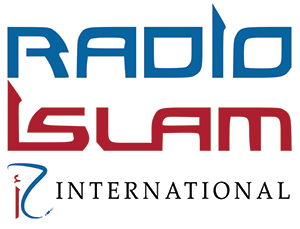The First Intifada of mass protests and rioting by Palestinians in the occupied West Bank, East Jerusalem and Gaza started in 1987, and children frequently participated. In an article in the London Review of Books, American professors John Mearsheimer and Stephen Walt claimed that the Israel Defence Forces (“IDF”) encouraged troops to break protesters’ bones. The Swedish branch of Save the Children estimated that during the first two years of the intifada, between 23,600 and 29,900 children required medical treatment for such beating injuries and that nearly a third were under the age of ten.
Total fatalities in the First Intifada, minors under the age of 17 (Dec. 9, 1987 – Sept. 28, 2000): Israelis – 18; Palestinians – 281 (by Israel security forces) and 23 (by Israeli civilians)
Total Casualties: (Sept. 29, 2000 – Sept. 30, 2012): Israelis – 129; Palestinians – 1337
The first recorded incident of Israel Defence Forces killing Palestinian children was in November 1950 when three Palestinian children from the village of Yalo aged 8, 10 and 12, were shot near Dayr Ayyub in the Latrun salient. According to adult witnesses, “only one man fired at them with a sten-gun but none of the detachment attempted to interfere.” In February 1953, one of five Arab shepherds shot in al-Burj was 13 years old. During the 1952 Beit Jala raid, 4 children ranging in age from 6 to 14 were killed by machine gun fire.
According to Amira Hass, 54 minors were brought to UNRWA clinics with head wounds from August 1989 to August 1993. The Association of Israeli and Palestinian Physicians for Human Rights (PHR-Israel) estimates that a child under the age of six was shot in the head every two weeks during the First Intifada.
According to the Defence for Children International (DCI), of the “595 children killed during the Second Intifada, 383, or 64.4%, died as a result of Israeli air and ground attacks, during assassination attempts, or when Israeli soldiers opened fire randomly” and “212 children, or 35.6%, died as a result of injuries sustained during clashes with Israeli military forces”. The DCI estimates that from January 1, 2001 until May 1, 2003, at least 4,816 Palestinian children were injured, with the majority of injuries resulting from Israeli army activity while the children were going about their normal activities.
During Gaza War, a three-week armed conflict in the Gaza Strip, during the winter of 2008–2009, an “unprecedented” number of children were killed or injured, according to the Palestinian Centre for Human Rights which listed 313 killed. The Israel Defence Forces said that 89 “non-combatants” under the age of 18 died. When the United Nations attempted an investigation of high civilian deaths as a possible war crime, Israelis refused to co-operate.
During the November 2012 Israel-Gaza clashes, 30 children reportedly were killed.
During Israel`s latest attack on Palestine, the most defenceless victims of the attacks were the 64 children who lost their lives in the Gaza Strip, the West Bank and other occupied areas of Palestine.
The tensions, which started with the forced eviction of Palestinian families in the Sheikh Jarrah neighbourhood in East Jerusalem, mounted with Israeli raids on Palestinian worshippers in the Al-Aqsa Mosque.
Israel launched airstrikes on Gaza on May 10 in a bid to suppress Palestinian resistance.
The Hamas Movement in Gaza also responded to Israel’s attacks with missiles.
According to the Palestinian Health Ministry in Gaza, at least 213 civilians have been killed and 1,400 others injured in Israeli attacks.
According to the Palestinian Information Ministry, more than 3,000 children have been killed in Israeli attacks on Palestinians in the last 20 years.
Human rights organizations state that residential buildings that housed families with children were deliberately targeted during Israeli airstrikes, and that Israeli soldiers opened fire indiscriminately in raids on occupied areas such as the West Bank for “security reasons”.





0 Comments